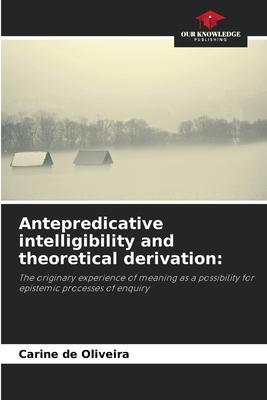It is well known that Martin Heidegger, through hermeneutic phenomenology, approached the question of meaning by interpreting this construct as a pattern of ante-predicative intelligibility, in which theoretical-scientific processes are rooted. Around the argument that theoretical structures are reductive modifications of phenomena that come from the original experience of meaning, the philosopher sought to elucidate how theoretical modes are realised in a kind of derivation in relation to hermeneutic structures. In developing his discussion of how meaning is constituted and made explicit to us through and around the prior structure of understanding, Heidegger actually discovered a structure of presuppositions that anticipates the meaningfulness of the world. This means that whenever we ask about the meaning of a state of affairs, be it a text, a work of art, a law, an object field belonging to a scientific domain or different events in our practical lives, we don’t start from point zero, but we ask this question on the basis of a previously unveiled significance, which guides us in our contact with what we seek to understand.
| FindBook |
有 1 項符合
Antepredicative intelligibility and theoretical derivation的圖書 |
 |
Antepredicative intelligibility and theoretical derivation 作者:de Oliveira 出版社:Our Knowledge Publishing 出版日期:2024-03-27 語言:英文 規格:平裝 / 124頁 / 22.86 x 15.24 x 0.74 cm / 普通級/ 初版 |
| 圖書館借閱 |
| 國家圖書館 | 全國圖書書目資訊網 | 國立公共資訊圖書館 | 電子書服務平台 | MetaCat 跨館整合查詢 |
| 臺北市立圖書館 | 新北市立圖書館 | 基隆市公共圖書館 | 桃園市立圖書館 | 新竹縣公共圖書館 |
| 苗栗縣立圖書館 | 臺中市立圖書館 | 彰化縣公共圖書館 | 南投縣文化局 | 雲林縣公共圖書館 |
| 嘉義縣圖書館 | 臺南市立圖書館 | 高雄市立圖書館 | 屏東縣公共圖書館 | 宜蘭縣公共圖書館 |
| 花蓮縣文化局 | 臺東縣文化處 |
|
|
圖書介紹 - 資料來源:博客來 評分:
圖書名稱:Antepredicative intelligibility and theoretical derivation
|











